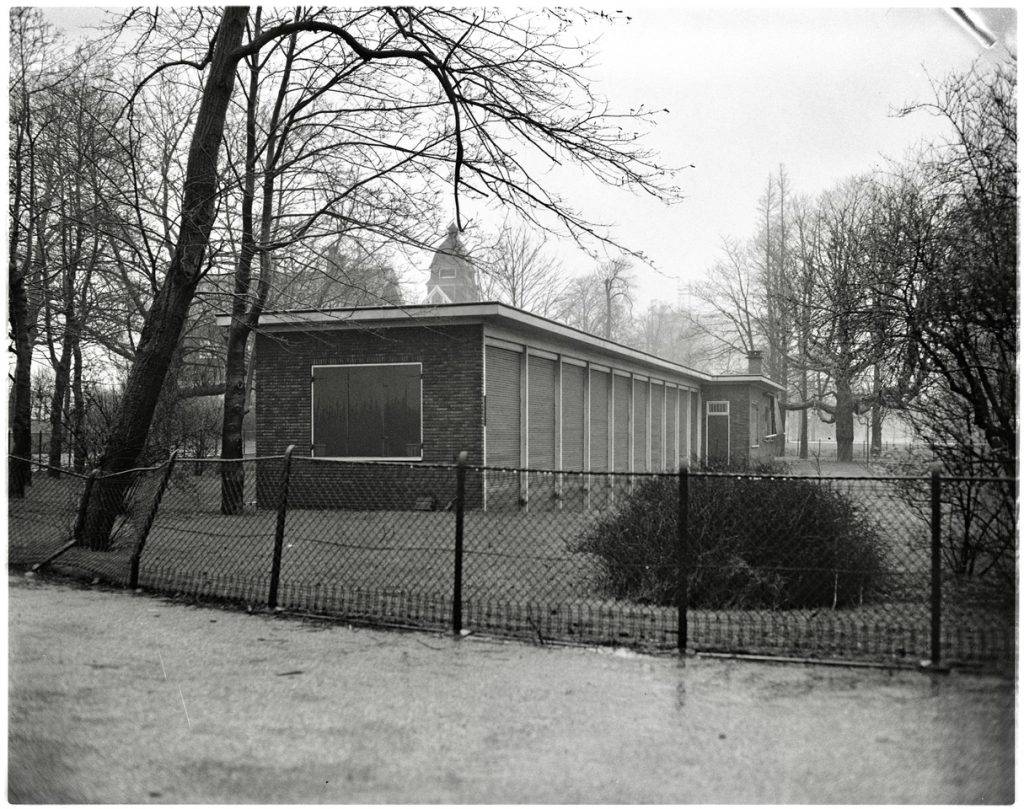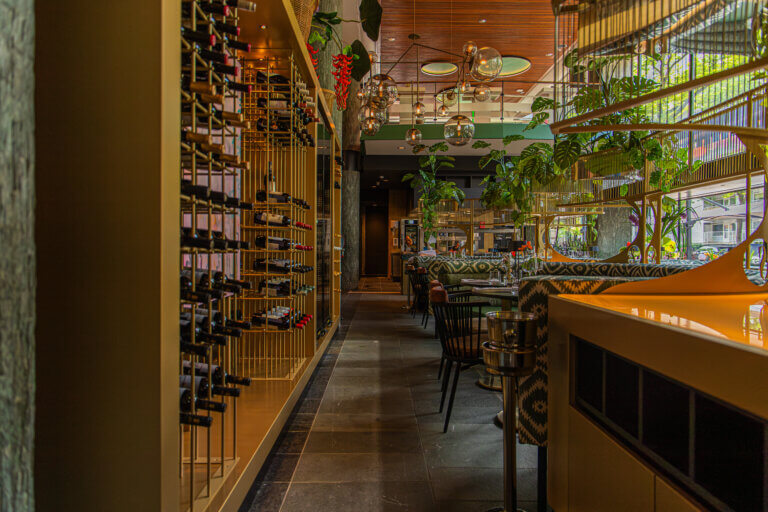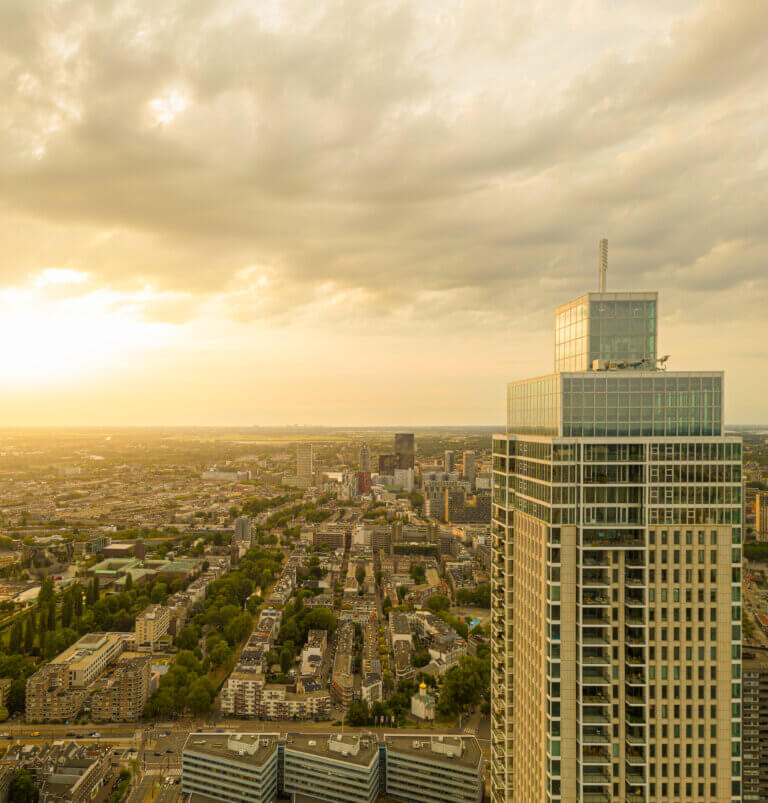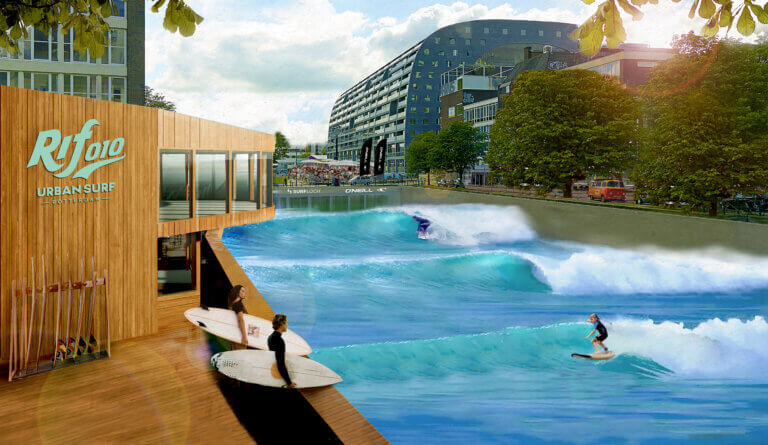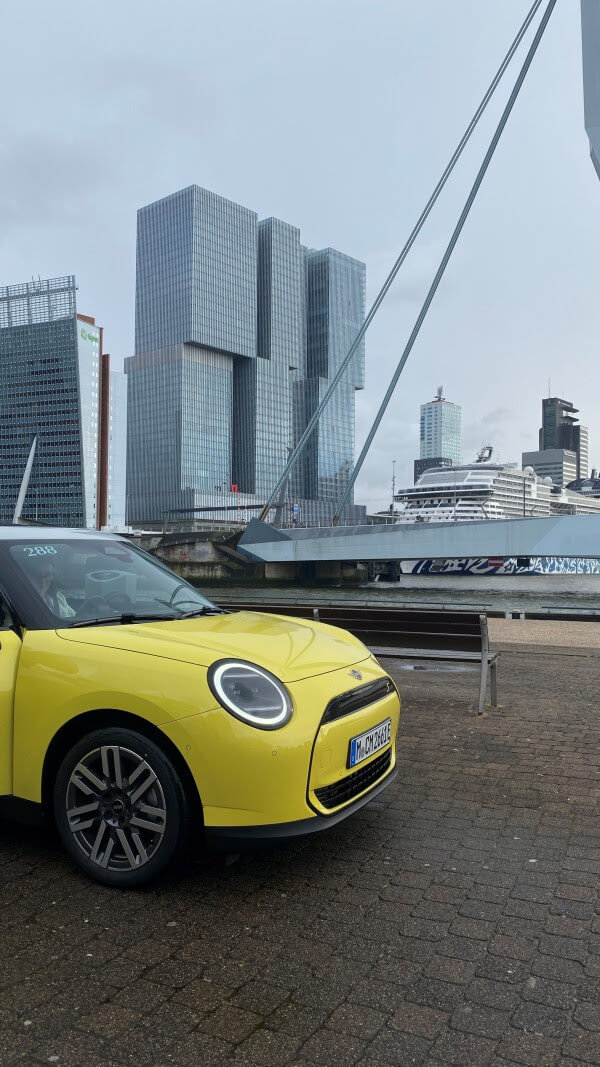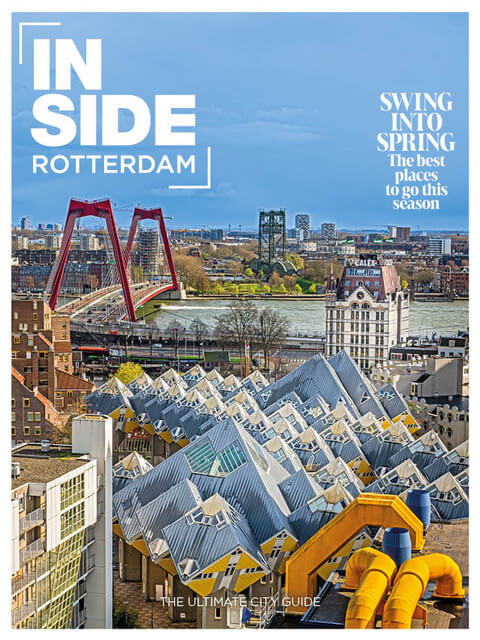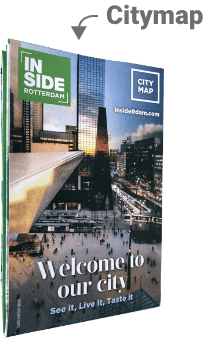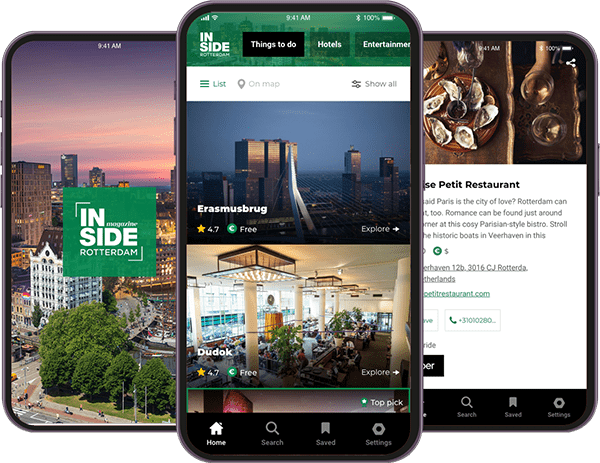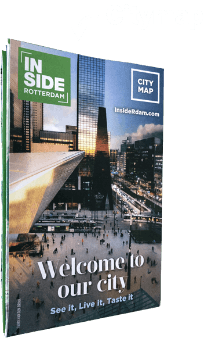Hidden on the edge of the Park, near the Euromast, is a TB recovery center. It opened in 1937, by the design of architect C.J. Hemmes and initiator The Red Cross. Stichting Droom en Daad now saves it from demolition. They commissioned Studio Makkink & Bey to turn the former convalescent home into a public park pavilion.
In the 1920s, tuberculosis was the number one public disease. Locals could go to the pavilion to recover after treatment in the hospital. The south-facing facade opened completely so that patients could recuperate in the sun. Architectural-historical research by Paul Groenendijk revealed that the pavilion is the only surviving example of this building type. The renovation of the Park Pavilion will commence at the end of 2022.
Park Pavilion will house the management of the park and the reception of visitors. It also tells the cultural-historical story of the Park as a national monument, explains the 1850 design by father and son Zocher, and organizes workshops and guided tours.
For Rotterdam-based Studio Makkink & Bey, nature and historical use are a source of inspiration. The starting points are based on the healing effects of nature, tranquillity, walking, and the sun.
The Droom en Daad Foundation (already known for Muziekwerf, Batavierhuis, and other rescued buildings) and the City of Rotterdam are working together to organize the proper management and hospitality of the Park. To this end, the Park in Rotterdam Foundation was established this spring as an independent foundation dedicated to management and programming.
